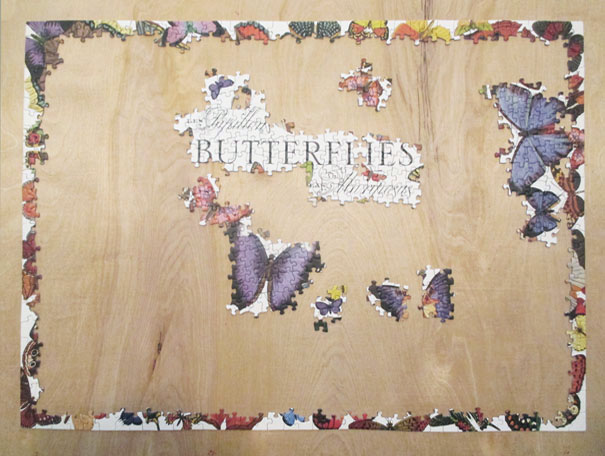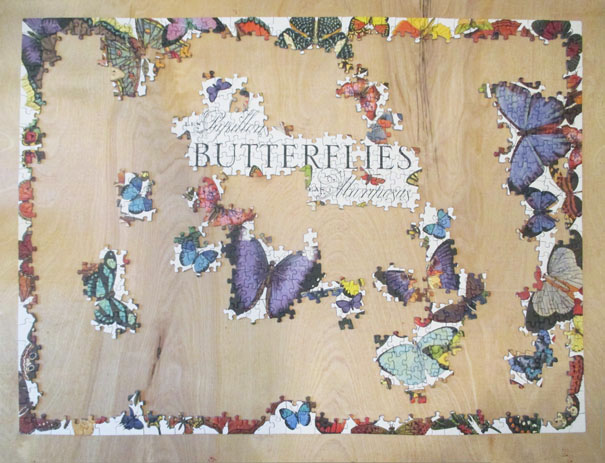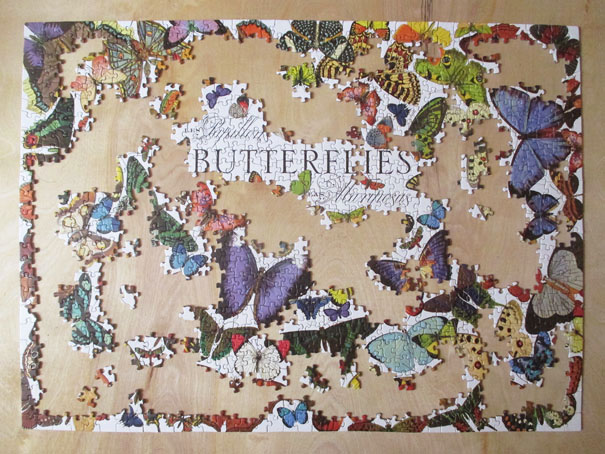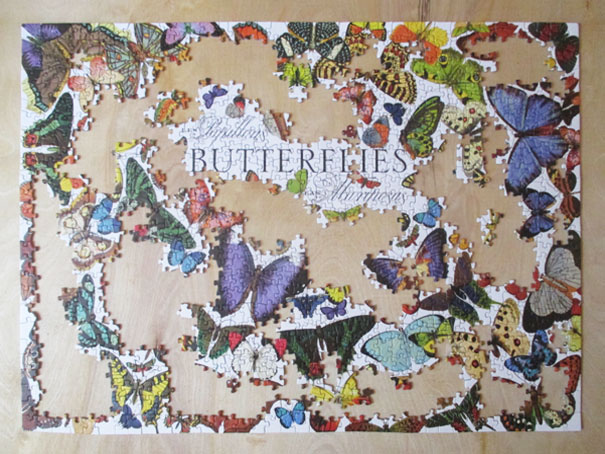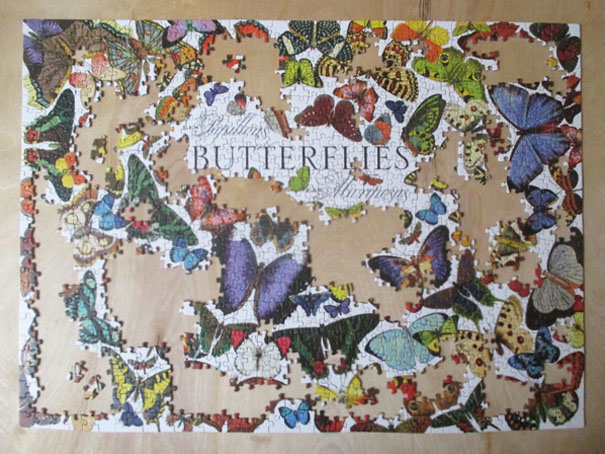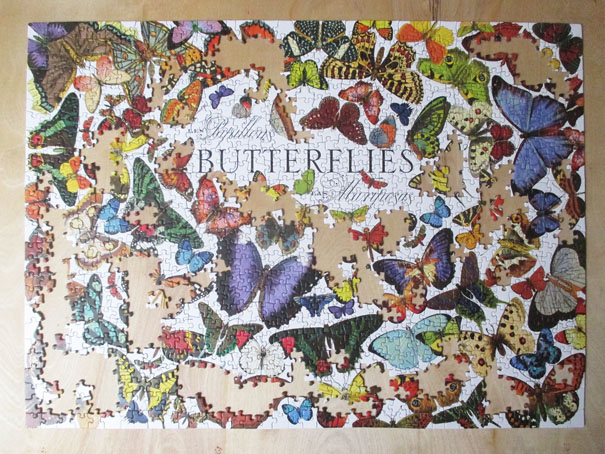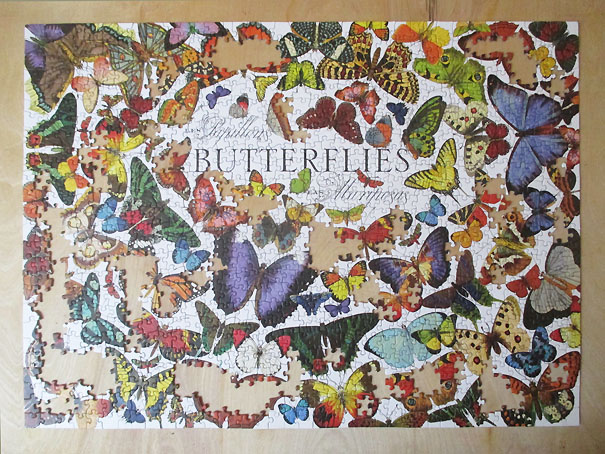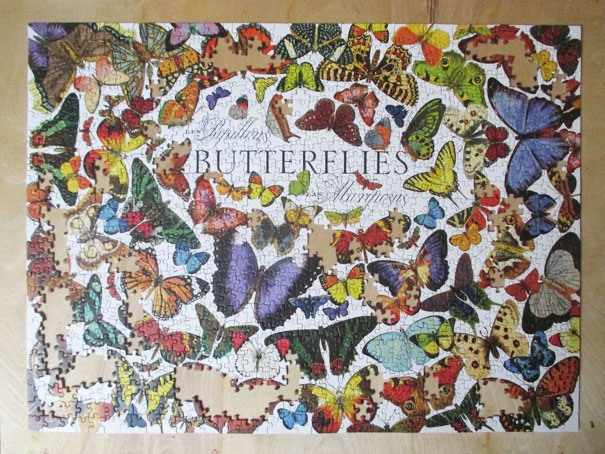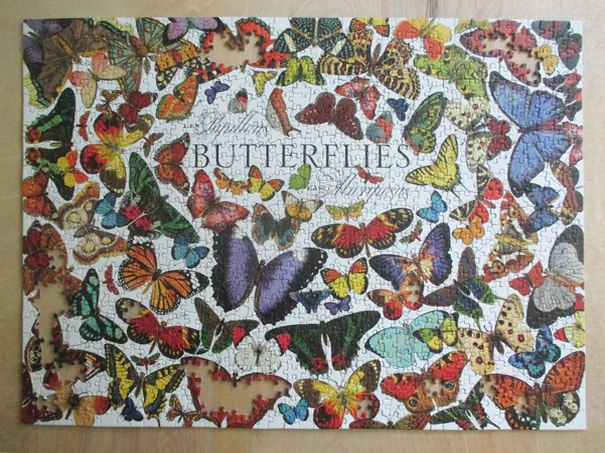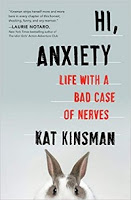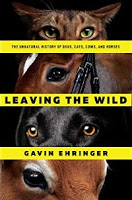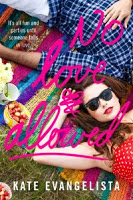a PTSD Love Story
by Mac McClelland
The author is a human rights reporter who witnessed some terrible things. Many difficult assignments to disaster zones, culminating in travel to Haiti after the devastating 2010 earthquake where her particular focus was to investigate the prevalence of rape among survivors in tent camps. What she found was horrific. She went into shock, had a breakdown and upon returning home, found she could not escape flashbacks of things she\’d seen, panic attacks, outbursts of anger or self-loathing, and frightening dissociation- not being able to feel parts of her body at all. She had post traumatic stress disorder, and describes years of struggling to heal, with the help of a therapist, many different techniques to strengthen her mind and body (mindfulness, yoga, self-defense class etc, occasionally medication though she really shied away from that avenue). Through it all she was supported by the love of her boyfriend- a French soldier she had met briefly while on assignment, it became a long-distance relationship and eventually they tried living together. Wow, that that sounded difficult.
McClelland thankfully does not share details about the atrocities she witnessed that brought on her PTSD, but she is frank about the effects it had on her everyday life, in particular her sex life. Her methods of dealing with this are disturbing to read (or were for me) and honestly could be triggering for many – please be advised if you are interested in reading this book you might want to avoid it if you have suffered from sexual abuse or have thoughts of self harm. McClelland received a lot of criticism for what she wrote (initially as an article) but personally, I see her as an intelligent, sensitive and brave woman- she shared so honestly what it is like to live with her condition. Also shares some research she did into PTSD, especially among war veterans and how it affects their families as well (many spouses and children end up with PTSD themselves, from living alongside someone with severe symptoms). A lot of the book seems to drag on with her pain, confusion and exasperation that her symptoms never seem to let up, but in the final twenty pages there is some hope- the coping skills she has learned are becoming easier to employ, her episodes are becoming less frequent, she is more accepting of herself and of the love her husband gives her.
There\’s so much more to this book- things from her past, difficulties her partner also went through, strength of friendships, struggles with her work- but I can\’t possibly mention it all. I must say, it was a very difficult read. I had to put it down several times. It also clarified for me- I understand a little better some things I read in Hi, Anxiety that baffled me at first. Like the psychological need some people feel to face pain, fear and aggression, in order to heal.
I borrowed this book from the public library. Found it browsing the mental health section, it just caught my eye.
Rating: 4/5 308 pages, 2015
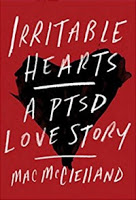
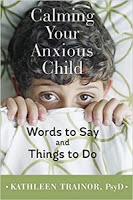
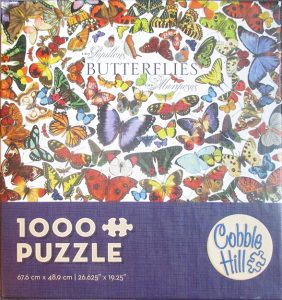 Really liked putting together this puzzle. Though it sure would be nice to know the names of the butterfly species? the artwork is very pretty and nicely detailed. (Click arrows to view the images)
Really liked putting together this puzzle. Though it sure would be nice to know the names of the butterfly species? the artwork is very pretty and nicely detailed. (Click arrows to view the images)

